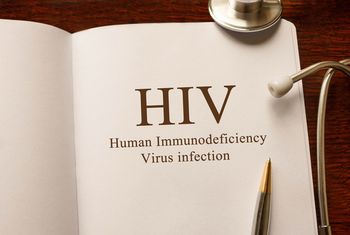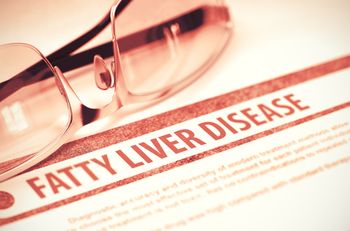
Alex Rinehart, PhD, explains if cabotegravir interacts with any other medications.

Alex Rinehart, PhD, explains if cabotegravir interacts with any other medications.

Stay up-to-date on the latest infectious disease news by checking out our top 5 articles of the week.

Jessica Justman, MD, reveals the latest results of the Population-based HIV Impact Assessment Project (2017).

The New York State Department of Health warns of potential disease exposure in two facility locations in Westchester County.

Presentations at the 21st Annual USCA Conference shed light on the fact that although overall rates of HIV are decreasing, some populations are seeing a startling increase.

A NIH network study finds that pre-exposure prophylaxis, approved for daily use in adults, can also reduce chances of HIV infection in young male adolescents.

Although the number of fungal infections has fallen in the United States and other developed nations due to the ease of obtaining HIV testing and access to ART, the risk still exists.

Alex Rinehart, PhD, identifies the target population for cabotegravir.

Jessica Justman, MD, shares why the Population-based HIV Impact Assessment Project is so important.

NIH study sheds light on the mechanism behind increased cardiovascular risks for those living with HIV.

Stay up-to-date on the latest infectious disease news by checking out this snapshot of our top 5 articles of the week.

Living longer with HIV means that dying from cancer becomes more of a possibility.

Scientists from Northwestern Medicine use a novel approach to gain a better understanding of the HIV lifecycle.

Aetna, the third-largest insurer in the United States, inadvertently sent HIV-positive patients letters that revealed their HIV status through a large, clear window envelope.

A recent UNC study found that about one-third of HIV-positive patients with low viral loads chose to ignore federal guidelines to begin ART.

Proton pump inhibitors present risks to all patients, but those with HIV are especially advised to be cautious in using them.

Researchers elucidate the prevalence of hepatic steatosis in patients infected with HIV, as well as in patients coinfected with HIV and HCV.

Alex Rinehart, PhD, explains how cabotegravir is a gender-neutral pre-exposure prophylaxis medication.

Dr. Brennan-Ing, ACRIA, shared in a presentation at the 125th Annual Convention of the American Psychological Association that a growing population is being overlooked when it comes to HIV treatment and prevention: older adults.

This week we explore whether or not a national state of emergency and criminalizing opioid abuse will really help to stop the problem.

Kenneth Mayer, MD, discusses some societal challenges that at-risk individuals face today that may keep them from taking pre-exposure prophylaxis.

Newly diagnosed HIV patients have several options when it comes to notifying partners, but assisted partner notification leads to the best outcomes.

Jessica Justman, MD, explains the PHIA Project (population-based HIV impact assessments).

New research on Zika, cases of swine flu infections, parallels between Zika and HIV, a new warning sign of HIV infection, and an increase in cyclospora cayetanensis infections in United States make up the top 5 articles this week.

Researchers from LSU Health New Orleans School of Public Health finds that heterosexuals at-risk for HIV would use home-based testing kits and seek treatment if they receive a positive result.